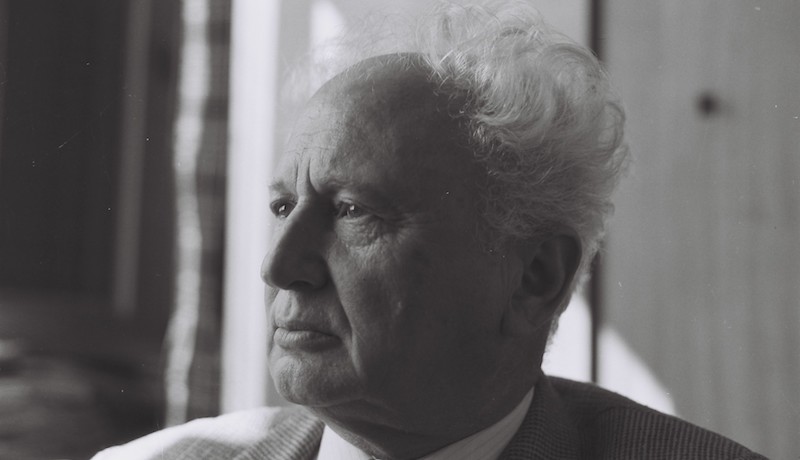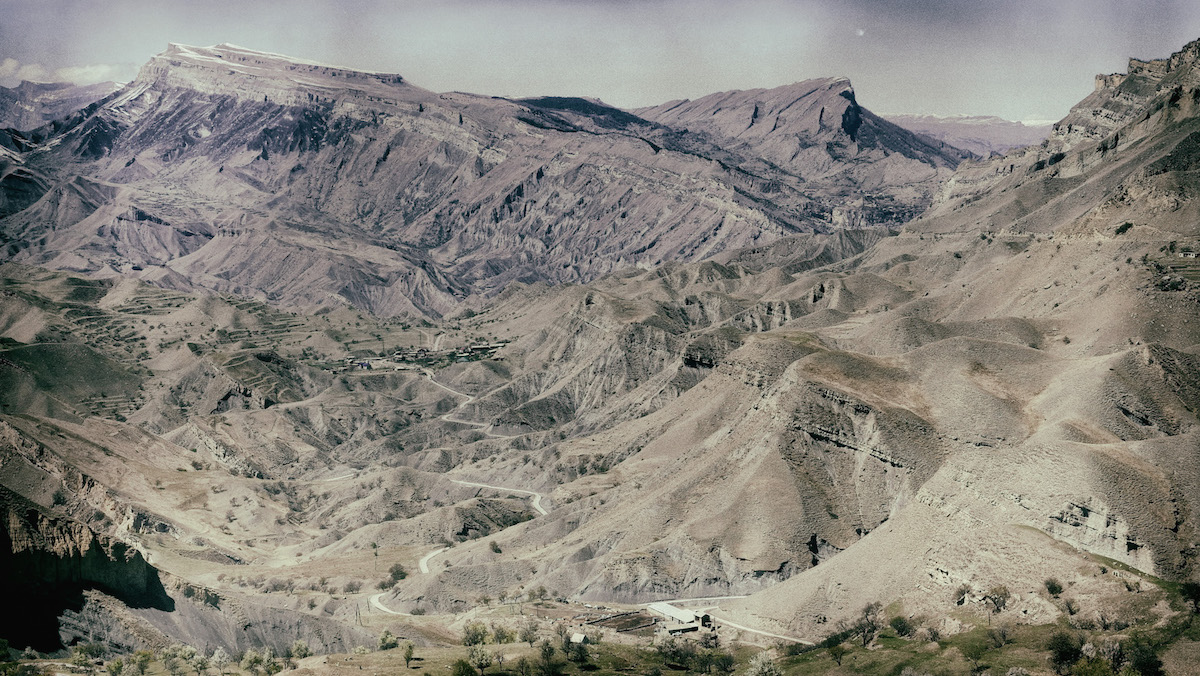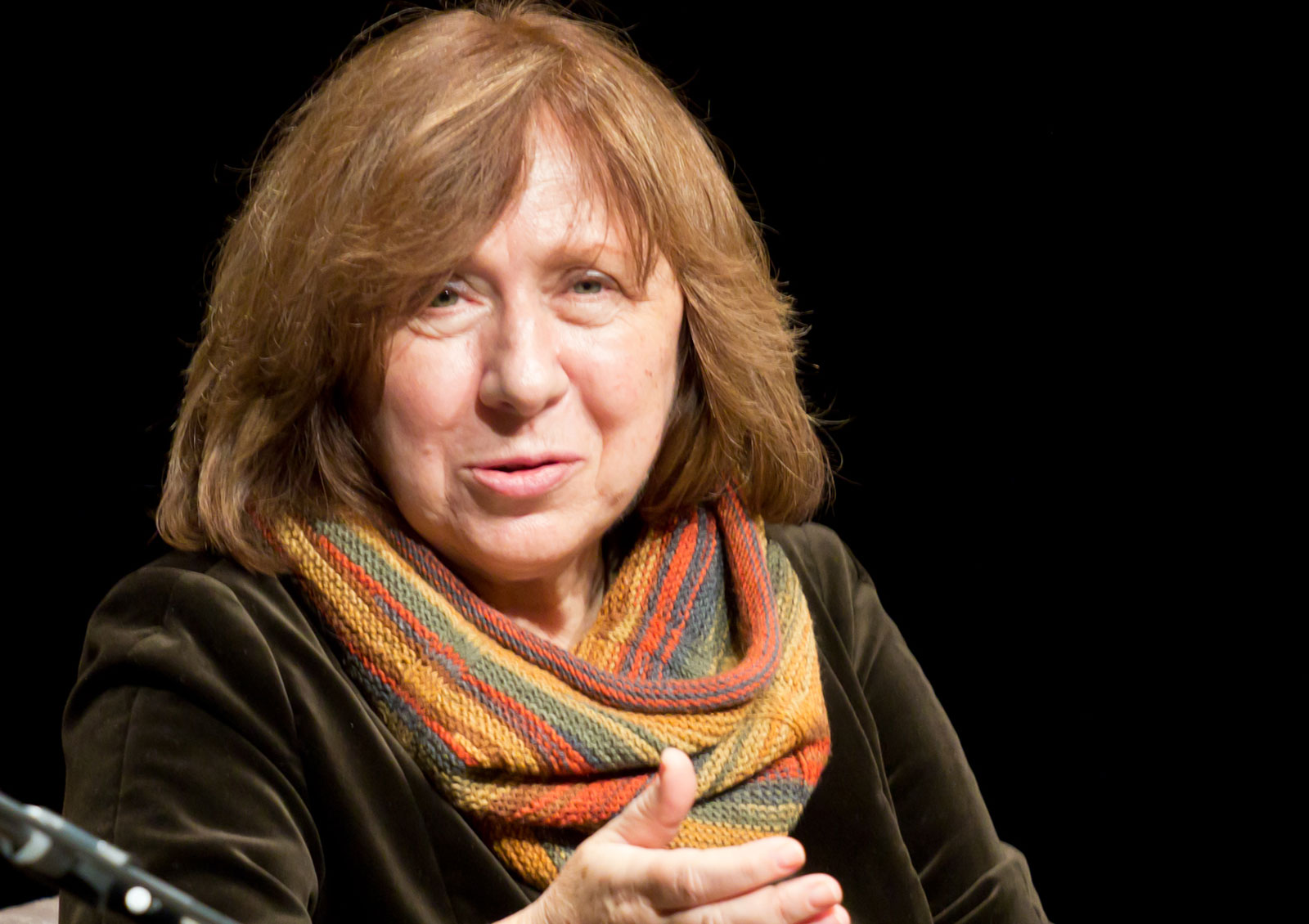The Trap: Ludovic Bruckstein’s elegantly-observed novellas are a time capsule and warning about Romania’s lost multi-ethnic world

Loosely autobiographical, Ludovic Bruckstein's first work to be translated into English is warm with sparkling moments of humour — despite exploring the darkest of themes.
With its fast-pace and smooth, unpretentious prose, The Trap seems to imbue oral storytelling rather than literary artifice. Translated by Alistair Ian Blythe, the two novellas are the first of Jewish-Romanian author Ludovic Bruckstein’s works to be published in English. Despite engaging with darkest of times — the Second World War, its lead-up, and its immediate aftermath — the book’s narrative voice is warm and understanding, reminiscent of Anton Chekhov’s. Its value resides above all in bringing to life a world that has now since vanished: the intricate multi-ethnic communities and towns in 1930s and 1940s Transylvania, with their daily chatter, worries and dramas. Yet they also quietly explore the crucial question, “how did we come to this?”
The first novella, also called The Trap, follows a young Jewish architecture student, Ernst, who is forced to interrupt his studies in Vienna and retire to the mountains near his hometown of Sighet to avoid wartime conscription. Finding shelter within the robust yet welcoming home of a shepherd’s family, Ernst reflects on his hometown, which has “a courthouse and a large prison, five Christian churches, [...] five synagogues, six primary schools; four lyceums; a large cafe that served Turkish coffee and tea in the front salon and which had rooms for billiards and cards at the back; two small cake shops on the Corso, which was the main street; a brothel at the edge of town, which was named the Jardin; and a Palace of Culture”. From his hiding spot in the woods, he observes the changes within the town, as the Nazi-allied Hungarian army takes over and begins to harass and antagonise the locals, and as his own family is ultimately sent away.
Despite the tragic reality it depicts, there’s unexpected humour throughout the story. Ernst ponders on the ridiculousness of the legally-enforced armbands for Jews to wear, especially in a small community where everyone knows everyone else. “Maybe people should also be marked according to their occupation?,” he wonders. “Barbers would have a B, for example, Merchants an M, teachers a T, doctors a D, pickpockets a PP, and so on.” Absurdism is a recurrent theme in this first novella, culminating with the Russian soldiers’ Kafkaesque reaction to Ernst as he appears in the “liberated” streets.
Despite describing past communities, the themes explored in Bruckstein’s novellas remain urgent in today’s multicultural, globalised world.
The second novella, titled The Rag Doll, focuses on Hanna, a smart young girl who defies her parents’ expectations and, like her reprobate aunt, runs away with a philosophy graduate to live a simple life working the land. After exploring the intergenerational conflict between traditional parents and their adventurous children in the first part of the story, it moves on to the challenges of married life. Bruckstein’s insight is most valuable in scrutinising “salon anti-semitism” as the young couple hide their Jewish identity from their fellow villagers. At one party, Hanna hears a notary flippantly comment that, “Whoever it was who said it had a point when he said that [Jews] are like salt in food.” When he adds that, “wherever you go, like it or not, you trip over them…” the phrase does not just carry the darkest historical undertones, but also uncannily echoes the anti-immigrant discourse that is resurging today.
Indeed, despite describing past communities, the themes explored in Bruckstein’s novellas remain urgent in today’s multicultural, globalised world. Rather than focusing on the brutality of concentration camps and war, Bruckstein investigates seemingly innocent prejudice and discrimination, political passivity and the dangers they pose.
The Trap is loosely autobiographical: Bruckstein himself was born in Sighet in 1920, survived Auschwitz but lost his parents in the Holocaust. He debuted with a play in Yiddish in 1947, and then wrote in both Romanian and Yiddish. In 1972, he migrated to Israel, where he continued to write for the Jewish Romanian community there. It’s thanks to his experience that these lost worlds are brought, once again, to life.


